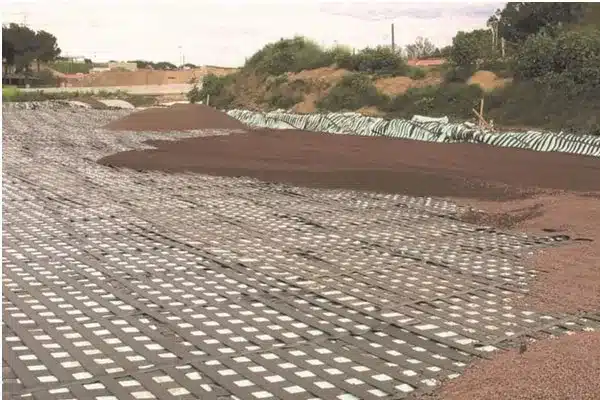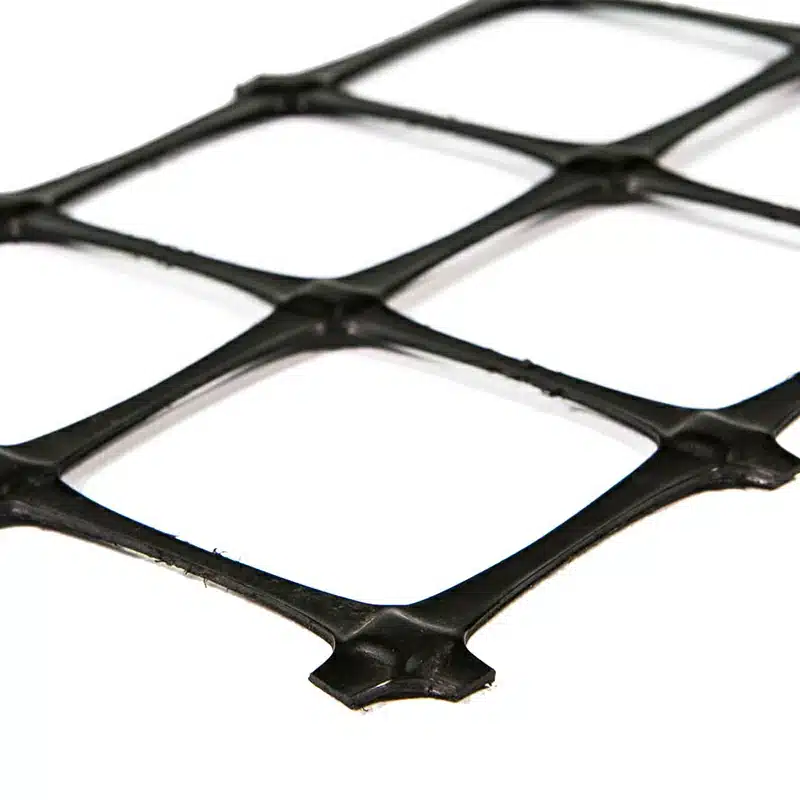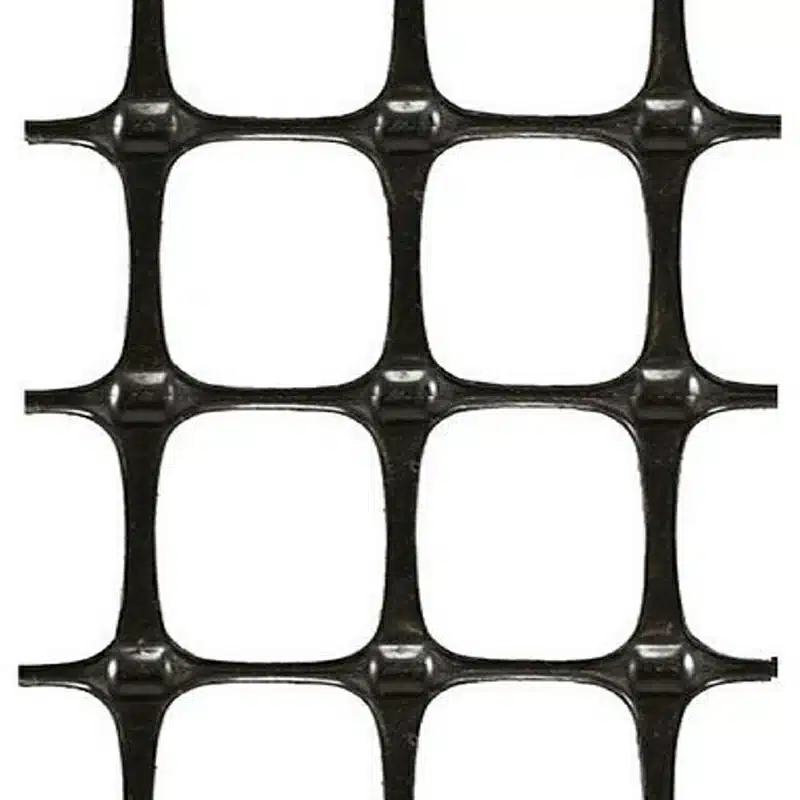+86-159 9860 6917
info@geofantex.com
geofantex@gmail.com
+86-400-8266163-44899
When it comes to constructing stable and resilient retaining walls, understanding the geogrid connection detail is crucial. Geogrids play a pivotal role in reinforcing the structural integrity of various engineering projects. In this article, we will delve into the rules of thumb, spacing, placement depth, and anchoring techniques for geogrids, ensuring you have all the essential knowledge to optimize your construction endeavors.

What is the rule of thumb for Geogrid?
For Geogrids, a crucial guideline is to select a material that suits your project’s requirements. Geogrids vary in strength and types, so it’s important to consult engineering guidelines or a geotechnical engineer to find the right Geogrid for your retaining wall or soil stabilization project, with a minimum length of 60% of the wall height.
What is the spacing for geogrids?
Geogrid spacing relies on factors such as wall height, soil conditions, and geogrid type. As a rule of thumb, geogrids are usually spaced vertically, with gaps of sixteen inches or less for retaining walls. Nevertheless, it’s advisable to consult project-specific design guidelines or a structural engineer for exact spacing recommendations.
How far back does Geogrid need to be?
To determine how deep to place geogrids behind a retaining wall, consider the wall’s height and soil type. Typically, the geogrid should extend horizontally into the soil behind the wall, reaching a minimum length of one-third of the wall’s height. For taller walls or softer soils, deeper placement may be necessary. It’s advisable to consult with an engineer to establish the precise depth required for your project. Additionally, make sure to place backfill behind the wall, reaching the height of the first block and at least the length of the geogrid you intend to install.
How do you anchor a geogrid?
To secure geogrids and prevent movement or shifting, various methods can be employed, such as:
- Embedding the geogrid within a compacted backfill layer.
- Creating anchor trenches filled with compacted soil.
- Using connector plates or pins designed for this purpose.
- Adhering to manufacturer-specific anchoring guidelines, as different geogrid types may have specific requirements.
Additionally, you can anchor geogrids with small piles of aggregate fill or a washer and pin.
In conclusion, mastering the geogrid connection detail is vital for ensuring the stability and longevity of your construction projects. By understanding the rule of thumb for geogrid selection, appropriate spacing, placement depth, and anchoring techniques, you can enhance the effectiveness of geogrids in your retaining walls and soil stabilization efforts. Always consult with professionals and adhere to project-specific guidelines for the best results.



Get Free Sample
We’ll respond as soon as possible(within 12 hours)





















